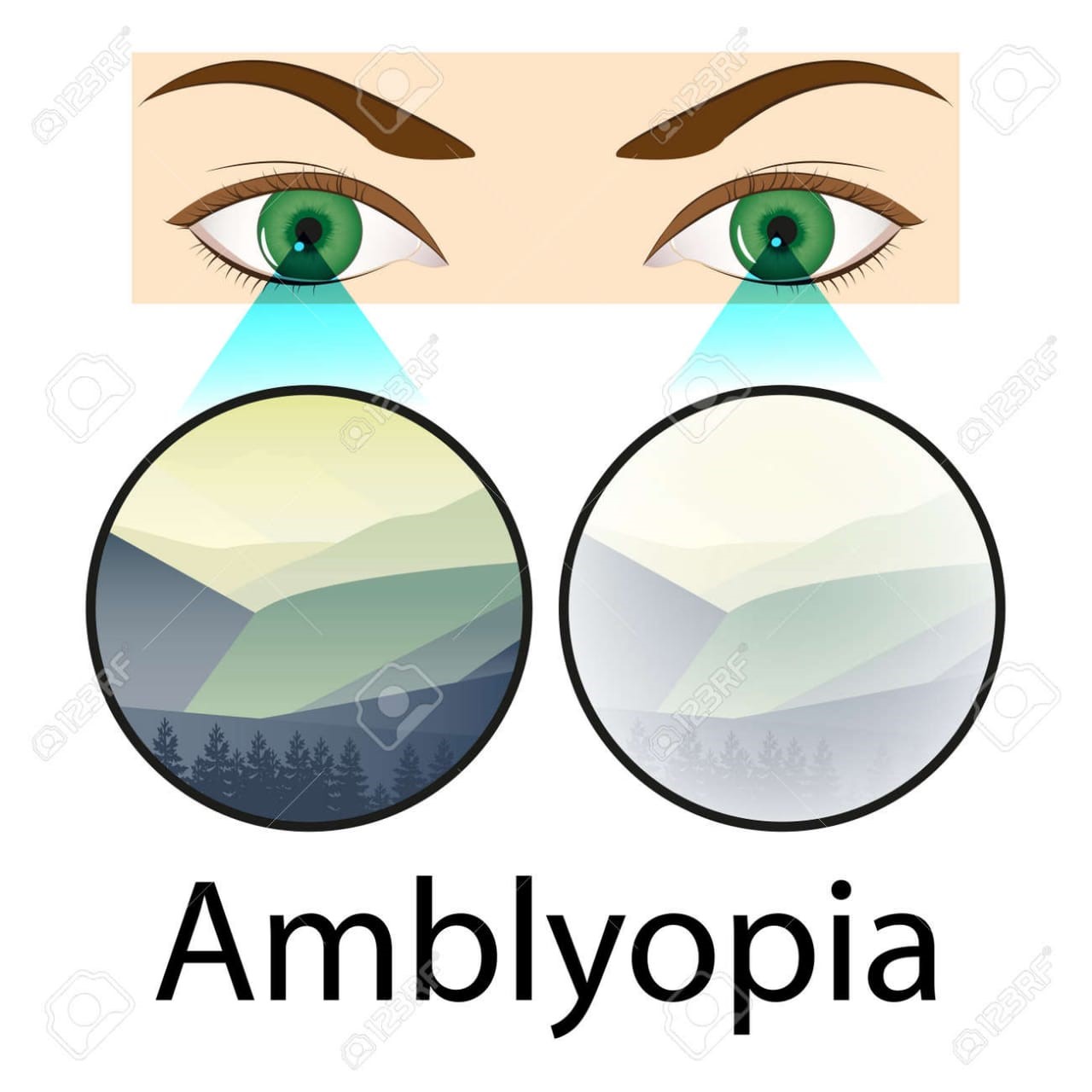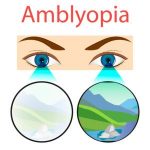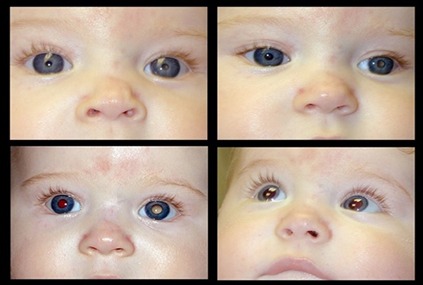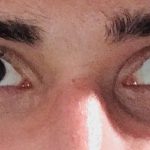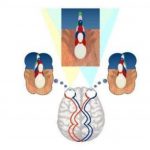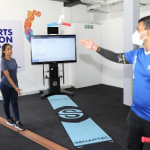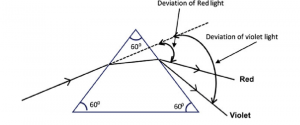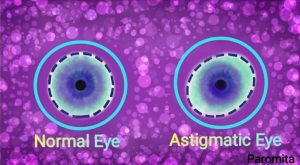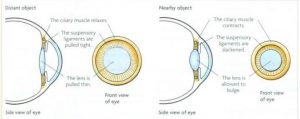Amblyopia is a developmental defect of spatial visual processing that occurs in the central visual pathway of the eye. Amblyopia is defined as a condition with unilateral or bilateral subnormal vision it means at least two lines less than ‘normal’ or two lines less than the following eye in unilateral cases. It is reversible if treated appropriately at the proper time. Amblyopia produces a blurred image on the retina.
Pathogenesis;-
Amblyopia is produced by certain amblyogenic factors during this critical period of visual development. During this period, the visual pathway continues to develop and the brain learns to interpret the signals that come from the eye. If any reason, if a young child cannot use one or both eyes normally, then the vision is not developed and the condition is called Amblyopia. The most sensitive period for the development of Amblyopia is the first 6 months of life and it usually does not develop after the age of 6-7 years.
Treatment of amblyopia:-
Amblyopia treatment should be started as early as possible. The younger the patient is, the more rapid improvements in visual acuity will be, and the better will be the ultimate prognosis. Amblyopia therapy works best when initiated in young children under 3 years of age.
In Amblyopia treatment is essential to examine the fundi to diagnose any visible organic disease. Organic disease and Amblyopia may co-exist and a trial of patching may still be indicated in the presence of organic disease. If visual acuity does not respond to this treatment, investigations such as electrophysiology or imaging should be reconsidered. The sensitive period during which acuity of an amblyopic eye can be improved is usually up to 7-8 years in strabismic amblyopia and may be longer for anisometric amblyopia where the good binocular function is present.
- Corrective eyewear:- Most cases people don’t correct/her refractive errors, so in amblyopic patients refractive errors can be corrected with a spherical or cylindrical lens.
- Occlusion therapy:- Occlusion of the normal eye to force the use of the amblyopic eye is the mainstay in the treatment of amblyopia. Occlusion can be done by an adhesive patch on the skin, gauze pad, and tape.
Here we describe two types of occlusion,
Full-time occlusion – In full-time occlusion, the normal eye should be occluded for all working hours of the day but it shouldn’t be occluded one walking hour a day. For children, full type occlusion to avoid occlusion amblyopia in the normal eye. Occlusion therapy should be carried out until the visual acuity develops fully.
Schedule for occlusion therapy as per age
Up to 2 years of age,
The occlusion should be done in 2:1. Every week 2days occlude in the normal eye and 1 day in the amblyopic eye.
3 years of age,
The occlusion should be done in 3:1, every week 3 days occlude in the normal eye and one day occlude in the amblyopic eye.
4 years ago, 4 days occlude in the normal eye, and one day occluded in the amblyopic eye.
5 years of age,
5 days occlude in the normal eye and one day occlude in the amblyopic eye.
6 years ago, 6 days occlude in the normal eye and one day occlude in the amblyopic eye.
In part-time occlusion 4 -6 hours/day occlude in the normal eye.
- Penalization:- Penalization is the treatment of amblyopia by optical reduction of vision of the non-amblyopic eye at one or all fixation distances. The penalization effect may be achieved by the alteration of the spectacle correction or the use of a cycloplegic drug. In Optical penalization fog the good eye with a +3D spherical lens. In Atropine penalization vision in the normal eye blurred with atropine is an alternative method. In this method 1% Atropine eye drops are instilled twice weekly in the normal eye, it may work best in the treatment of mild to moderate amblyopia, especially when due to anisometropic hypermetropia. Patch occlusion is likely to produce a quicker response than atropine, which has conventionally been reserved for use when compliance with patch occlusion is poor. Penalization offers the particular advantage of being difficult, especially in young children, it also creates less of a physiological problem than patching.
- Pharmacological manipulation:-
By using levodopa or carbidopa drugs it has proposed a theory that increasing levels of dopamine, which may improve vision in the context of amblyopia. Retinal dopamine is decreased in deprivation in amblyopia.
- Refractive surgery:-
Refractive surgery has demonstrated benefits for the population of children with refractive amblyopia who are noncompliant with spectacles wear or nonresponsive to standard treatment in multiple cases. Clear lens extraction has shown some benefits in amblyopia.
